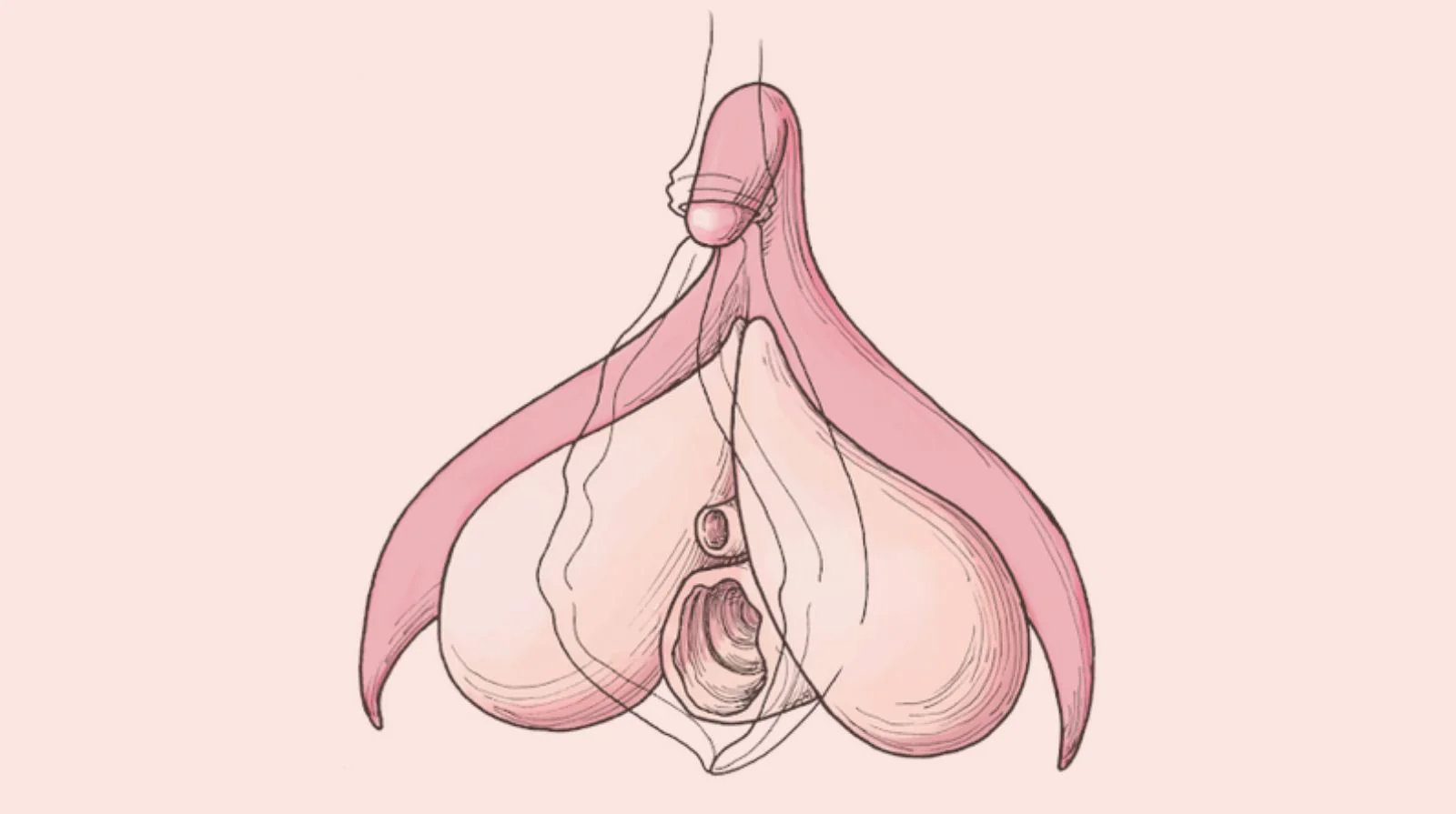
Clitoris. It is a part of a woman's body, being both criticized and praised. However, in the medical field, it has been largely ignored.
I probably don't need to tell you that the penis has definitely not been ignored in medicine (or anywhere else)!
The clitoris may have been largely overlooked because no one talks about (or teaches) it.
After years of specialized training, urology residents have become experts in examining the penis. However, there is no teaching on how to examine the female counterpart of the penis - the clitoris. The clitoris and the penis are homologous organs because they both originate from the fetal reproductive nodule and share the same anatomical structure/function.
Interestingly, the gynecology resident training program does not also regularly teach doctors how to examine the clitoris.
Under normal circumstances, the clitoral foreskin (also known as the foreskin) can be easily pulled back from the clitoral glans (the tip of the clitoris, highly sensitive to touch and the most visible part externally). For women with clitoral adhesions, the clitoral foreskin becomes stuck or "attached" to the clitoral glans, making it difficult to pull it back. Sometimes, doctors can see a white form of foreskin discharge and can carefully remove it with a cotton swab. However, if the adhesion remains under the foreskin, it may lead to infection, inflammation and irritation. Women with clitoral adhesions may have an allergic reaction to touch, or more interestingly, due to the adhesion blocking the extremely sensitive nerve endings on the clitoris, they may experience numbness in sensation. In more obvious cases, the patient can be anesthetized to allow for a minimally invasive surgery in the office to remove the adhesion.
Women with a higher risk of clitoral adhesion include those who have had blunt genital trauma/injury, fungal or bacterial infections, skin diseases such as lichen sclerosus, and those with insufficient levels of sex steroid hormones (especially testosterone). It is worth noting that the clitoris, like the corresponding organ of the penis, is an organ that depends on testosterone. Therefore, if the testosterone level drops (for example, due to long-term use of contraceptives), the clitoris will begin to atrophy, that is, its size will decrease.
Women with severe clitoral adhesions may describe this sensation as being similar to having a grain of sand in the eye. For most women who suffer from clitoral pain/discomfort/allergy, they have gradually come to believe that there is nothing they can do about it. For some women, direct contact with the clitoris is extremely uncomfortable. For others, even wearing tight clothing is unbearable. Unfortunately, they accept this chronic discomfort because they lack understanding of the clitoris, especially clitoral pain.
Fortunately, research on the clitoris is increasing rapidly. This might be due to the large number of women entering the training programs for gynecologists and urologists, which has driven up research on women's health. It could also be because patients are now speaking out to their healthcare providers about sexual pain and discomfort, and are no longer accepting that the pain is ignored.